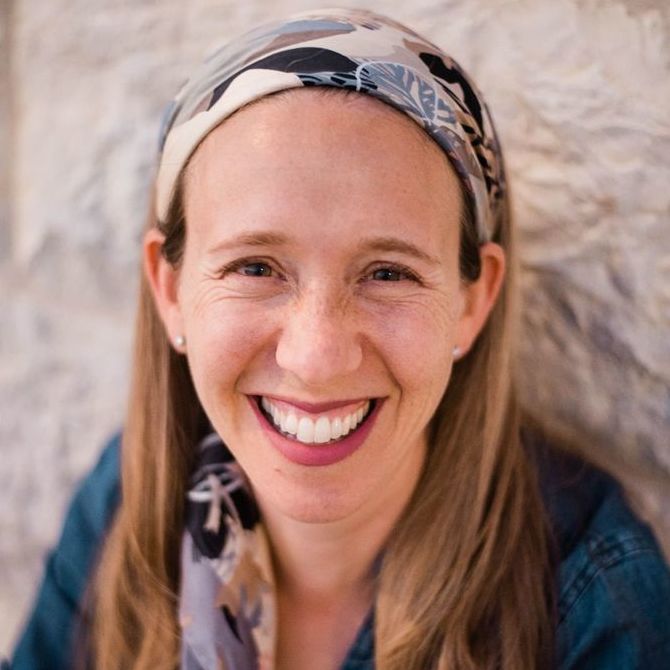click to dowload our latest edition
CLICK HERE TO SUBSCRIBE TO OUR NEWSLETTER


Published
8 months agoon
When does life actually start according to Jewish law? Rabbanit Dr Judith Fogel examined the halachic debates surrounding abortion at each stage of pregnancy, infusing rabbinic text with modern scientific thought. She shared her holistic perspective on this complex, controversial topic at Limmud Johannesburg last weekend.
Fogel, an educator who has a PhD in human sexuality, is dedicated to exploring text-based evidence surrounding a Jewish woman’s role in family life and sexuality.
First, she looked at a modern translation of a Sanhedrin source, which argues that the neshama (soul) is placed in a person at the moment of conception rather than at the point that the embryo is formed, which happens only 40 days after conception.
If life is established at conception, would the use of an intrauterine device (IUD), a form of birth control inserted into a woman’s uterus, be considered an abortion? This is unclear, Fogel said, since there’s debate about whether these devices prevent fertilisation, implantation, or ovulation.
This is also true of the morning-after pill, which prevents a woman who has had unprotected sex from falling pregnant. You can take this pill up to five days after unprotected sex, so even if there was implantation, it causes the body to shed whatever was there. Would this constitute an abortion?
Ultimately, in circumstances where birth control is allowed, most halachic authorities will allow the use of an IUD, and also depending on circumstances, the morning-after pill, said Fogel. This is because there are so many doubts surrounding whether their use constitutes an abortion.
In the light of such questions, Fogel said, it’s important to educate religious and non-religious people to have open conversations about whether they want to be sexually active before there may be a need to make a decision about taking the morning-after pill. Preventing an unwanted pregnancy is preferable to terminating it.
In spite of those who say life begins at conception, according to a Mishna source, a woman who miscarries within 40 days of conception “need not be concerned for the child”. However, if the woman miscarries after 40 days (about six weeks), according to this Mishna, it’s as if she has given birth.
Yet a third rabbinical source argues that one can visibly see that a woman is pregnant only after three months, suggesting that an abortion up to this time is permissible, which is the standard in South African law. It illustrates how complicated this issue is.
In Judaism, the mother and the unborn baby’s health also play a major role in determining whether an abortion is permissible. Fogel analysed a text that says that an attacker cannot be punished for murder for pushing a woman who survives but miscarries. It’s only considered murder if the woman herself is killed. This suggests that the mother is considered to have a life, while the baby isn’t.
Should a woman have difficulty giving birth, her life comes before the life of the child until such time as the baby is out, at which stage both their lives have value, Fogel said, citing another text of the Mishnah.
“If a woman gets pregnant and her life is literally in danger, that’s the time she would have an abortion.” This thinking also applies to the mental health of the mother. However, there’s debate about who should assess whether the woman’s mental health would necessitate an abortion.
Finally, Fogel looked at the issue of aborting a child should a genetic anomaly be identified, which in halachic sources is discussed in relation to Tay-Sachs disease, where children don’t live past the age of four. Though genetic testing has advanced exponentially to avoid its occurrence, such sources highlight the halachic approach to genetic disorders.
While one authority argues that in this case, the unborn baby doesn’t pose a danger to the mother’s life and can therefore not be aborted, another contends that if an abortion were “to relieve her from great pain … even if she’s not in actual danger, there’s room to permit it”. When facing such agonising decisions, religiously speaking, it comes down to which halachic authority you trust.
